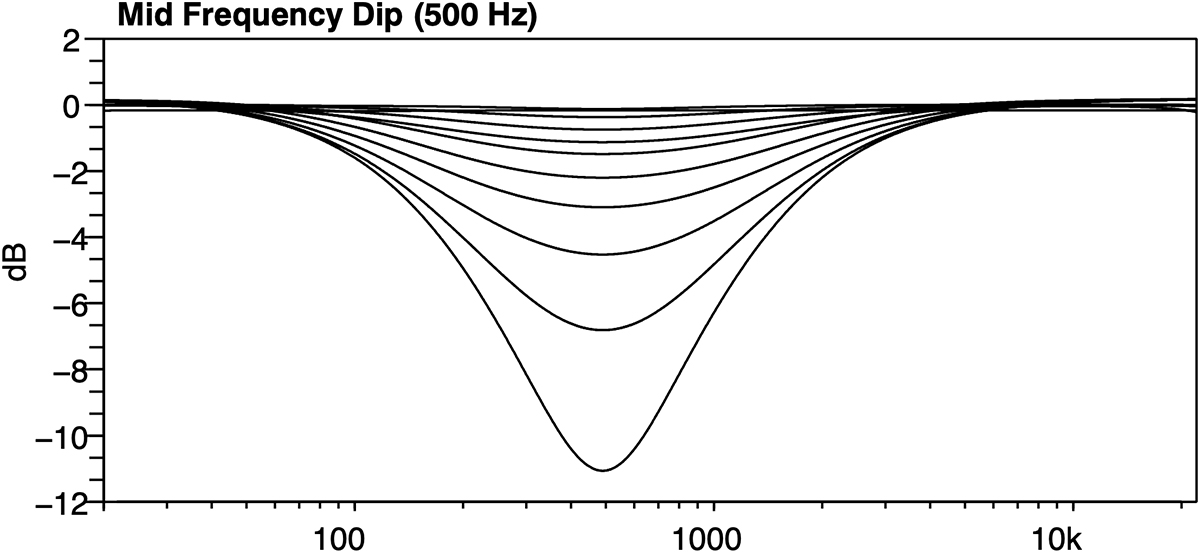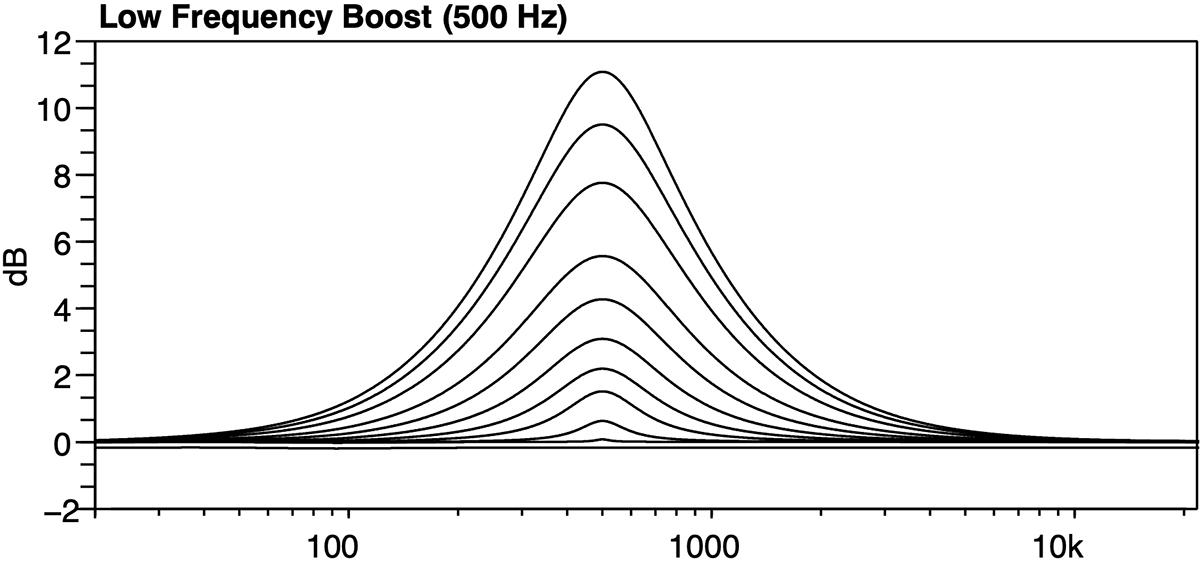User Manual
Tube-Tech ME 1B Midrange Equalizer
Intro
User Interface
Filter Graphs
Buying Recommendations
Extended Features
Credits
“Why do I need another eq?” Well... That is certainly not a new question. But for some reason the Pultec design of equalizers have managed to survive through the decades. The original Pultecs were built in the fifties and Tube-Tech has been making their Pultec clones since the mid eighties. Since the first Pultecs came out there have been tons of inventions that could have rendered this design useless: transistors, op-amps, circuit board designs, fully parametric designs, total recall, and the list goes on. But for some reason, the Pultec character is still desired in pro studios all over the world.
So do you need another eq? There are certainly stuff going on in the Tube-Tech ME 1B that is unique, but its biggest mojo is that it is so well-designed that almost whatever setting you use, it will sound good. And that is good product design, and probably the reason to why everybody needs a Pultec style equalizer.
About the ME 1B
Just like the PE 1C Pultec equalizer, the Tube-Tech ME 1B is a passive, tube-based equalizer. It was designed to accompany the PE 1C equalizer, and provide control over the frequencies that the PE 1C doesn’t adjust. On its own it’s a great tool to shape the mid- range of any audio material, and together with the PE 1C it becomes a versatile and full featured equalizer.
The focus of the PE 1C, “program equalizer”, is the shelving filters and the mid-range boost. It cannot attenuate the mids, and you don’t have the ability to get bell shaped filter curves in the lows and highs. The ME 1B solves all these drawbacks by offering the user three bands of equalization: low frequency boost (200–1000Hz), an almost full range sweepable cut (200–7000Hz) and a high frequency boost (1.5-5kHz).
Together they are strong.
The user interface of the ME 1B is pretty straight forward. You have three different sections, the Low Frequency Peak, Mid Frequency Dip and the High Frequency Peak. The only confusing thing is that the mid section never boosts, but always attenuate the selected frequency. The other two sections, low and high frequency, boost the frequencies. But as soon as you start to use the ME 1B in conjunction with the PE 1C you’ll find that these sections will complement the PE 1C.
In addition to this you get an Output Gain control. It isn’t included in the original hardware, but is useful in a plug-in.

Click here to view the full-sized image in a new tab
- Low freq.
- Low peak
- Mid freq.
- Mid dip
- High freq.
- High peak
- Output gain
Low Frequency Section
The low frequency section consists of a sweepable bell shaped peak filter and a gain knob.
Low Frequency: Sets the center frequency of the peak filter. The frequency settings are 200 Hz, 300 Hz, 500 Hz, 700 Hz and 1 kHz. All these frequencies overlap with settings in the Mid Frequency.
Low Peak: The right hand knob adjusts the amount of gain in the peak filter. Adjustable from 0 dB to about 10 dB.
Mid Frequency Section
The mid frequency section consists of a sweepable and attenuating bell shaped filter and a gain knob. With the gain set at 10 you get full attenuation (about -10 dB) from the mid filters
Mid Frequency: Sets the center frequency of the dip filter. The frequency settings are 200, 300, 500, 700, 1000 Hz (overlaps the low frequency section), 1.5, 2, 3, 4, 5 kHz (overlaps the high frequency section) and finally 7 kHz.
Mid Dip: Sets the amount of attenuation at the selected frequency. Ranges from 0 dB to about -10 dB.
High Frequency Section
The high frequency section consists of a sweepable bell shaped peak filter and a gain knob.
High Frequency: Sets the center frequency of the peak filter. The frequency settings are 1.5, 2, 3, 4, and 5 kHz.
High Peak: Sets the amount of gain in the peak filter. Adjustable from 0 dB to about 8 dB. The exact gain depends on the frequency setting.
Output Section
Output Gain: The output gain wasn’t included in the original ME 1B, but it is pretty useful to have a gain control, especially when you want to A/B between bypassed and engaged mode.
Ranges from -10 dB to +10 dB.
Here are some examples of the filter curves for different gain settings.
It is worth to note that the exact shape of these curves depend on three things:
- What other knobs are set at (they depend on each other).
- The frequency of the peak or dip filter.
- The output impedance of the amplifier that is driving (inserted before) the real ME 1B.
In order to satisfy most setups, we chose to model the impedance so that you can get a little bit more gain or attenuation from the filters. That way you can always back it off a bit, if you need the plug-in to match exactly to your hardware setup.



The best way to get as close as possible to the original Pultec Midrange EQ sound in hardware is to get the ME 1B from Tube-Tech. They make great gear. Period. Every time we get to borrow Tube-Tech stuff we immediately fall in love and want to keep it.
A whole range of added control can be accessed with Extended Features. Please see the separate "Extended Features" manual for more information.
Niklas Odelholm – Modeling
Arvid Rosén – Modeling
Torsten Gatu – Framework programming
Oscar Öberg – Framework programming
Ulf Ekelöf – 3D rendering
Original hardware was designed by John G. Petersen at Tube-Tech/Lydkraft ApS, Denmark
TUBE-TECH IS A REGISTERED TRADEMARK OF LYDKRAFT ApS, DENMARK. ALL SPECIFICATIONS SUBJECT TO CHANGE WITHOUT NOTICE. ALL RIGHTS RESERVED.